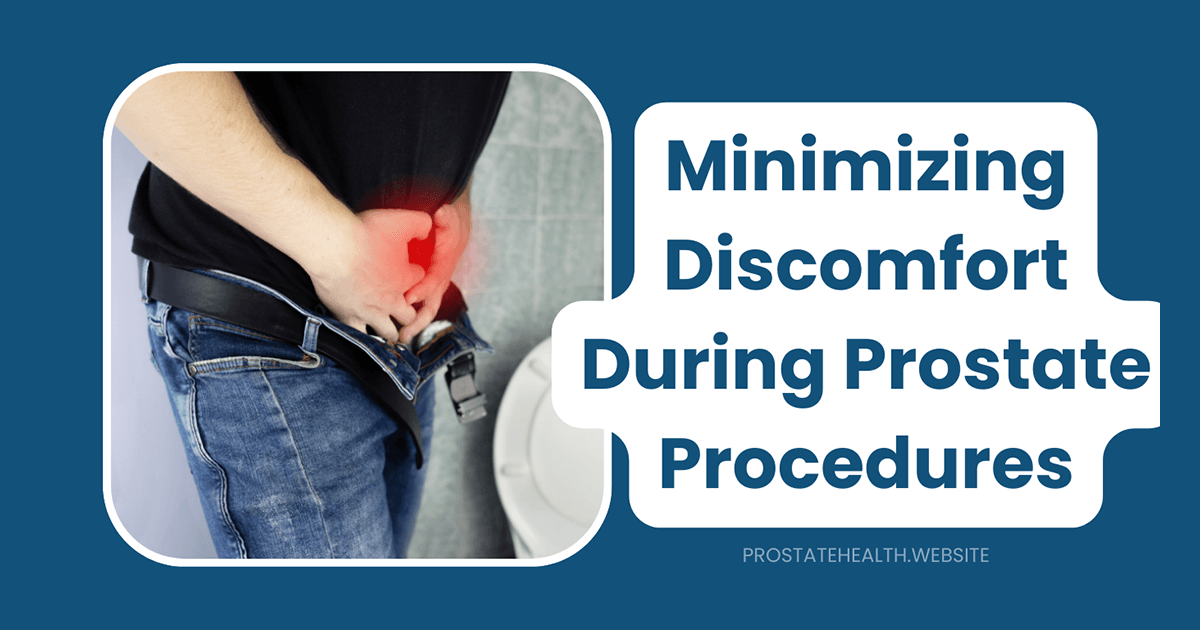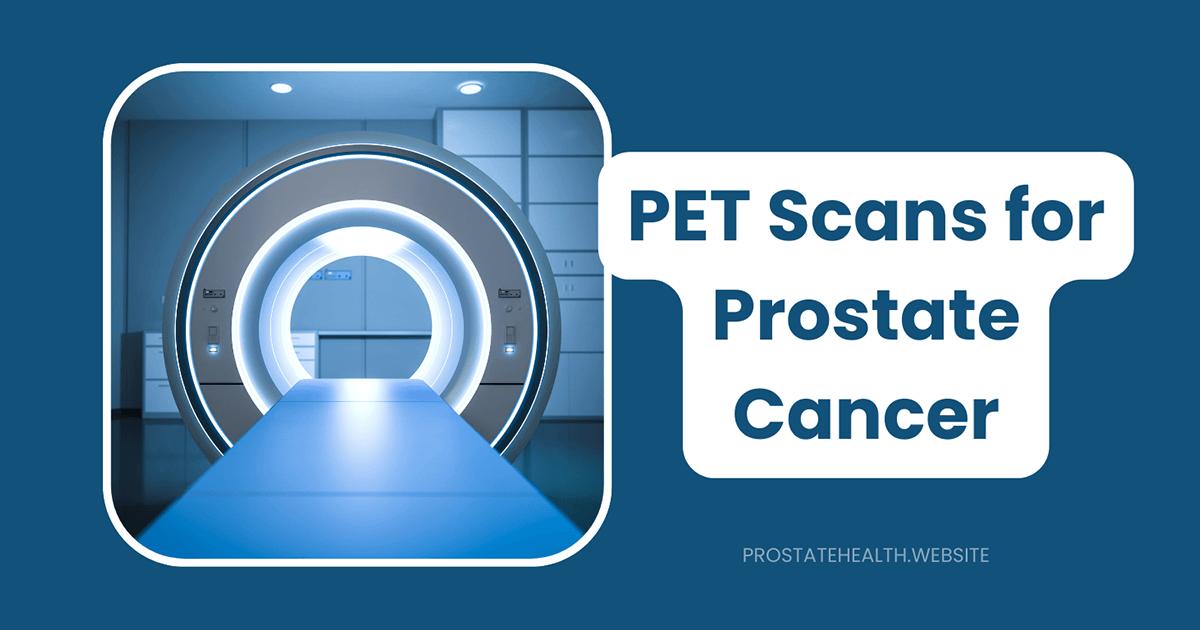Creating a Treatment Plan After Prostate Cancer Diagnosis: A Step-by-Step Guide

Receiving a prostate cancer diagnosis can feel overwhelming. In an instant, you’re faced with complex medical information, treatment options, and life-altering decisions. With an estimated 313,780 new cases of prostate cancer expected in 2025, you’re not alone in navigating this challenging terrain.
The good news is that prostate cancer is highly treatable, with a nearly 100% five-year survival rate when caught early. Creating a comprehensive treatment plan is your roadmap to recovery, and this step-by-step guide will help you navigate the process with confidence and clarity.
Step 1: Understand Your Diagnosis
Before making any treatment decisions, it’s crucial to fully understand your specific diagnosis. This includes:
Know Your Numbers
Your diagnosis comes with several important metrics that will guide treatment decisions:
- PSA Level: Prostate-Specific Antigen is a protein produced by the prostate. Higher levels may indicate cancer, but other factors can also elevate PSA.
- Gleason Score: This ranges from 6-10 and indicates how aggressive your cancer appears under a microscope.
- Scores 6-7: Lower-risk cancer
- Scores 8-10: Higher-risk, more aggressive cancer
- Cancer Stage: Typically expressed as Stage I through IV, indicating how far the cancer has spread.
- Stage I & II: Cancer confined to the prostate
- Stage III: Cancer has spread beyond the prostate but not to distant organs
- Stage IV: Cancer has spread to distant lymph nodes, bones, or other organs
Risk Classification
Based on these numbers, your cancer will typically be classified into one of these risk groups:
- Very Low Risk: Small amount of cancer, low PSA, low Gleason score
- Low Risk: Cancer confined to prostate, PSA under 10, Gleason 6
- Intermediate Risk: Slightly higher PSA or Gleason 7
- High Risk: Higher PSA, Gleason 8-10, or cancer extending outside the prostate
- Very High Risk: Extensive local disease
- Metastatic: Cancer that has spread to other parts of the body
“Understanding your risk classification is crucial because it narrows down your treatment options,” explains Dr. James Wilson, urologic oncologist. “A very low-risk cancer might not need immediate treatment, while high-risk disease requires a more aggressive approach.”
Get a Copy of Your Pathology Report
Request a copy of your pathology report and bring it to all appointments. This document contains vital information about your specific cancer and will be referenced frequently during treatment planning.
Step 2: Assemble Your Healthcare Team
Prostate cancer treatment often involves multiple specialists. Your team might include:
- Urologist: Specializes in the urinary tract and male reproductive system
- Radiation Oncologist: Specializes in treating cancer with radiation
- Medical Oncologist: Specializes in treating cancer with medications
- Primary Care Physician: Coordinates overall health care
- Nurse Navigator: Helps guide you through the treatment process
Many leading cancer centers now offer multidisciplinary clinics where you can meet with several specialists in a single visit. Research from 2025 shows that these clinics significantly improve treatment decision-making and patient satisfaction by allowing you to discuss multiple options in one setting.
Finding the Right Specialists
When selecting specialists:
- Check if they specialize in prostate cancer specifically
- Verify their experience with various treatment approaches
- Confirm they accept your insurance
- Consider their communication style and willingness to answer questions
- Ask about their approach to shared decision-making
“The relationship with your healthcare team is crucial,” says Michael, a 58-year-old prostate cancer survivor. “I interviewed two urologists before finding one who truly listened to my concerns and respected my treatment preferences.”
Step 3: Explore All Treatment Options
Treatment options vary based on your risk classification, age, overall health, and personal preferences. Here’s an overview of the main approaches:
Active Surveillance
- What it is: Regular monitoring with PSA tests, digital rectal exams, and periodic biopsies without immediate treatment
- Best for: Very low-risk and some low-risk cancers
- Considerations: Requires commitment to regular follow-up; may cause anxiety about “waiting”
Surgery (Radical Prostatectomy)
- What it is: Surgical removal of the entire prostate gland and some surrounding tissue
- Types:
- Open surgery (traditional incision)
- Laparoscopic surgery (small incisions)
- Robotic-assisted surgery (most common in 2025)
- Best for: Cancer confined to the prostate; men with longer life expectancy
- Considerations: Potential side effects include urinary incontinence and erectile dysfunction
Radiation Therapy
- External Beam Radiation: Precisely targeted radiation from outside the body
- Includes advanced techniques like IMRT (Intensity-Modulated Radiation Therapy) and proton therapy
- Typically 5 days a week for several weeks
- Brachytherapy: Radioactive seeds implanted directly into the prostate
- Low-dose rate (LDR): Seeds remain permanently
- High-dose rate (HDR): Stronger radiation delivered temporarily
- Best for: Various risk levels; can be primary treatment or used after surgery
- Considerations: Potential side effects include urinary problems, bowel issues, and erectile dysfunction
Hormone Therapy
- What it is: Reduces testosterone levels to slow cancer growth
- Best for: Often combined with radiation for higher-risk cancers; used for metastatic disease
- Considerations: Side effects may include hot flashes, decreased libido, fatigue, and bone density loss
Other Treatment Options
- Cryotherapy: Freezing cancer cells
- High-Intensity Focused Ultrasound (HIFU): Using sound waves to destroy cancer cells
- Chemotherapy: Used primarily for advanced cases
- Immunotherapy: Helps your immune system fight cancer
- Targeted Therapy: Attacks specific cancer cell features
- PSMA-Targeted Therapy: A newer approach using radioactive molecules that target prostate cancer cells
Clinical Trials
Clinical trials offer access to cutting-edge treatments before they’re widely available. The ZERO Cancer Treatment Decision-Making Tool can help you find appropriate trials, as can resources like ClinicalTrials.gov.
Step 4: Consider Key Factors in Decision-Making
Several factors should influence your treatment decision:
Medical Factors
- Cancer characteristics: Stage, grade, and risk classification
- Age and life expectancy: Some treatments may be more appropriate depending on your age
- Overall health and other medical conditions: Some treatments may not be suitable if you have certain health issues
- Genetic testing results: Certain genetic mutations may respond better to specific treatments
Personal Factors
- Quality of life priorities: Which potential side effects concern you most?
- Treatment goals: Cure vs. control vs. symptom management
- Personal values and preferences: Some men prioritize avoiding certain side effects over others
- Practical considerations: Treatment schedule, travel requirements, time off work, insurance coverage
“I created a pros and cons list for each treatment option,” shares Robert, a 62-year-old in remission. “For me, maintaining urinary control was a top priority, which influenced my decision between surgery and radiation.”
Step 5: Get a Second Opinion
Seeking a second opinion is standard practice and highly recommended. It can:
- Confirm your diagnosis
- Present additional treatment options
- Provide peace of mind about your decision
- Potentially identify clinical trials you might qualify for
Most insurance plans cover second opinions, and reputable doctors welcome them. Consider seeking opinions from different specialists (e.g., both a urologist and a radiation oncologist) to get diverse perspectives.
When getting a second opinion:
- Bring all medical records, including pathology slides if possible
- Prepare a list of specific questions
- Ask about treatment options not previously discussed
Step 6: Make Your Decision and Formalize Your Treatment Plan
After gathering information and consulting with specialists, it’s time to make your decision. Your formal treatment plan should include:
Treatment Details
- Primary treatment approach: Surgery, radiation, active surveillance, etc.
- Treatment schedule: Start dates, duration, frequency of appointments
- Preparation instructions: Any tests needed before treatment begins
- Facility information: Where treatment will take place
Support Plan
- Side effect management strategies: Medications, physical therapy, etc.
- Follow-up schedule: When and how often you’ll see your doctor after treatment
- Supportive care resources: Nutritional support, physical therapy, mental health services
- Financial plan: Insurance coverage, out-of-pocket costs, financial assistance options
Communication Plan
- Point person: Which healthcare provider will coordinate your care
- Emergency contacts: Who to call with urgent concerns
- Information sharing: How your various doctors will communicate with each other
“Having everything written down in one document was incredibly helpful,” says Thomas, who completed treatment in early 2025. “It became my roadmap through treatment and gave me a sense of control during a time when so much felt out of my hands.”
Step 7: Prepare for Treatment
Once your plan is in place, take these steps to prepare:
Practical Preparation
- Work arrangements: Discuss time off or flexible scheduling with your employer
- Transportation: Arrange rides to and from appointments if needed
- Home setup: Make any necessary modifications for recovery
- Help at home: Line up assistance with meals, household tasks, etc.
Physical Preparation
- Pre-treatment testing: Complete any required blood work or imaging
- Physical conditioning: Improving fitness before treatment can aid recovery
- Nutrition planning: Stock up on healthy foods that will support healing
- Medication review: Discuss current medications with your doctor to avoid interactions
Emotional Preparation
- Education: Learn what to expect during and after treatment
- Support system: Tell key people about your plans and how they can help
- Stress management: Practice relaxation techniques like meditation or deep breathing
- Connect with others: Join a support group like those offered by ZERO Cancer or Us TOO
“I spent the two weeks before surgery getting my body as strong as possible,” shares William, 57. “I also prepared mentally by talking with other survivors and practicing visualization techniques. Both helped me face treatment with confidence.”
Step 8: Implement Your Treatment Plan
During treatment:
- Keep a treatment journal: Track side effects, questions, and milestones
- Attend all scheduled appointments: Consistency is key to treatment success
- Communicate openly: Report side effects promptly; don’t minimize symptoms
- Follow care instructions: Take medications as prescribed and follow activity guidelines
- Utilize support services: Take advantage of resources like counseling, nutrition services, and physical therapy
“Don’t try to be stoic,” advises James, who completed radiation therapy in 2024. “I initially downplayed some side effects, which only made them worse. When I finally spoke up, my team adjusted my medications and the relief was immediate.”
Step 9: Monitor Progress and Adjust as Needed
Treatment plans often need adjustment. Regular monitoring includes:
- PSA testing: Frequency depends on your treatment type
- Imaging: May be needed to evaluate treatment response
- Side effect assessment: Tracking and addressing any treatment-related issues
- Quality of life evaluation: Discussing how treatment is affecting your daily life
Be prepared to advocate for yourself if:
- Side effects become unmanageable
- New symptoms develop
- You have concerns about treatment effectiveness
- Your priorities or preferences change
Step 10: Plan for Survivorship
As treatment concludes, work with your healthcare team to develop a survivorship plan that includes:
Follow-up Care Schedule
- Regular PSA monitoring: Typically every 3-6 months initially, then less frequently
- Routine check-ups: Physical exams and discussion of any new symptoms
- Long-term side effect management: Addressing issues like urinary or sexual function
Lifestyle Recommendations
- Exercise guidelines: Regular physical activity improves outcomes and quality of life
- Nutrition advice: Healthy eating supports recovery and overall health
- Stress management: Continued emotional support and coping strategies
Warning Signs
- Symptoms to watch for: What might indicate recurrence or treatment complications
- When to contact your doctor: Clear guidelines on what requires immediate attention
“My survivorship plan gave me a framework for life after treatment,” says Robert. “It helped me transition from being a cancer patient to being a cancer survivor, which is a bigger psychological shift than I expected.”
Resources to Support Your Journey
Throughout your treatment planning and implementation, these resources can provide valuable support:
Information Resources
- Prostate Cancer Foundation
- American Cancer Society – Prostate Cancer
- National Cancer Institute – Prostate Cancer
- ZERO Cancer’s Treatment Decision-Making Tool
Support Services
- ZERO360 Patient Support – Free case management services
- Us TOO Support Groups
- Malecare – Support specifically for men with cancer
- Cancer Support Community
Financial Resources
- Patient Advocate Foundation
- CancerCare Financial Assistance
- Medicare.gov – Information on coverage for cancer treatment
Conclusion: Your Plan, Your Path
Creating a treatment plan after a prostate cancer diagnosis is a deeply personal process that combines medical expertise with your individual needs and preferences. While the journey may seem daunting, breaking it down into these manageable steps can help you move forward with confidence.
Remember that you’re not alone—approximately 3.3 million men in the United States are prostate cancer survivors, each with their own unique story. With advances in treatment options and personalized approaches to care, the outlook for men diagnosed with prostate cancer continues to improve.
Your treatment plan is more than just a medical document—it’s your roadmap to recovery and your path forward. By taking an active role in its creation and implementation, you’re taking a powerful step toward reclaiming your health and your future.






